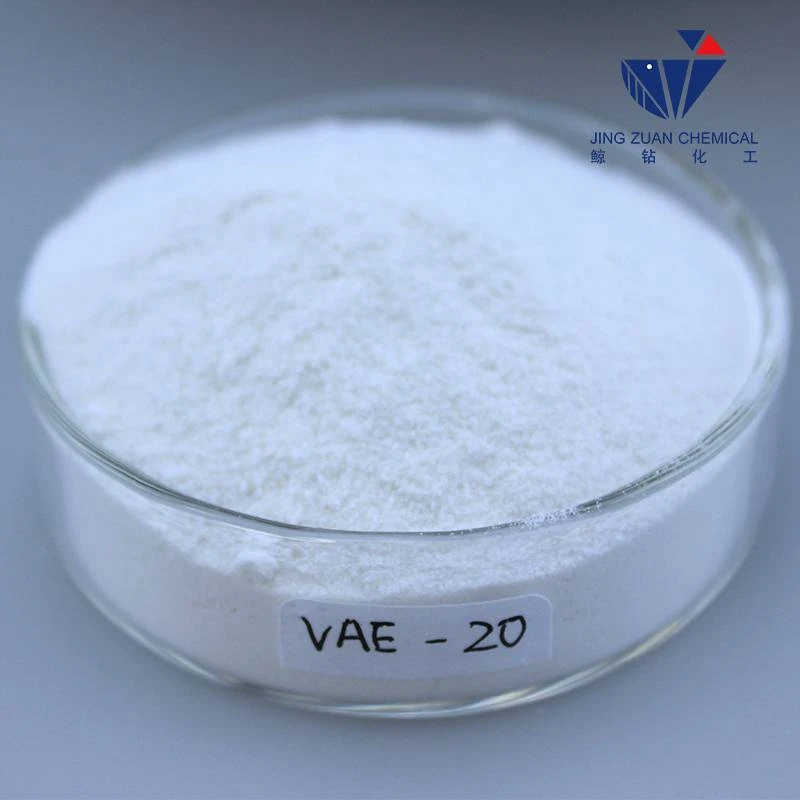
ਦਸੰ. . 01, 2024 13:10 Back to list
hpmc solubility
Understanding HPMC Solubility Key Factors and Applications
Hydroxypropyl Methylcellulose (HPMC) is a popular polymer derived from cellulose, widely used in various industries including pharmaceuticals, food, cosmetics, and construction. One of the critical properties of HPMC that significantly affects its applications is its solubility. Understanding HPMC solubility and the factors influencing it is essential for maximizing its effectiveness in different formulations.
What is HPMC?
HPMC is a semi-synthetic polymer that results from the modification of cellulose. Its hydrophilic nature allows it to readily interact with water, forming a viscous solution or gel, which makes it an excellent thickening, binding, and film-forming agent. HPMC is available in various grades, which differ primarily in their methoxy and hydroxypropyl content, leading to differing solubility characteristics.
Factors Influencing HPMC Solubility
1. Molecular Weight The molecular weight of HPMC plays a vital role in its solubility. Higher molecular weight grades tend to form more viscous solutions, while lower molecular weight grades exhibit better solubility and a quicker dissolving time. The choice of molecular weight should be aligned with the intended application to achieve the desired viscosity and performance.
2. Substitution Ratio The degree of substitution of hydroxypropyl and methyl groups affects HPMC solubility. Generally, higher levels of hydroxypropyl substitution enhance water solubility. For instance, HPMC with a higher hydroxypropyl content will swell more in water compared to its methyl-rich counterparts, leading to improved solubility.
3. Temperature Temperature has a substantial impact on the solubility of HPMC. Generally, higher temperatures can enhance the solubility of HPMC in water. This is particularly pertinent in applications such as hot-melt extrusion and solvent casting, where elevated temperatures are employed to improve polymer processing.
4. pH Levels The solubility of HPMC can also be influenced by the pH of the solution. While HPMC is relatively stable across a range of pH levels, extreme acidic or alkaline conditions can impact its solubility and molecular integrity. Thus, pH adjustments may be necessary depending on the specific application.
hpmc solubility

5. Concentration The concentration of HPMC in a solution dictates its behavior. At lower concentrations, HPMC dissolves readily and exhibits its thickening properties, while at higher concentrations, it may result in gel formation. It’s essential to find the right concentration for the desired application, balancing between viscosity and solubility.
Applications of HPMC
The solubility of HPMC allows it to be utilized in a wide array of applications.
- Pharmaceuticals In drug formulations, HPMC is frequently employed as a film-forming agent, binder, and controlled-release component. Its solubility characteristics can influence drug release rates and overall bioavailability.
- Food Industry HPMC is used as a thickener and stabilizer in various food products. Its ability to form gels improves the texture and mouthfeel of food items without adding calories.
- Construction In the construction sector, HPMC is incorporated into cement-based products to enhance workability, water retention, and adhesion properties.
Conclusion
In summary, the solubility of HPMC is a multi-faceted property influenced by various factors, including molecular weight, substitution ratio, temperature, pH levels, and concentration. Understanding these factors is crucial for effectively utilizing HPMC across its diverse applications. As industries continue to innovate, the demand for versatile polymers like HPMC is likely to grow, emphasizing the importance of studying and optimizing its solubility characteristics for enhanced performance and functionality.
-
Versatile Hpmc Uses in Different Industries
NewsJun.19,2025
-
Redispersible Powder's Role in Enhancing Durability of Construction Products
NewsJun.19,2025
-
Hydroxyethyl Cellulose Applications Driving Green Industrial Processes
NewsJun.19,2025
-
Exploring Different Redispersible Polymer Powder
NewsJun.19,2025
-
Choosing the Right Mortar Bonding Agent
NewsJun.19,2025
-
Applications and Significance of China Hpmc in Modern Industries
NewsJun.19,2025







